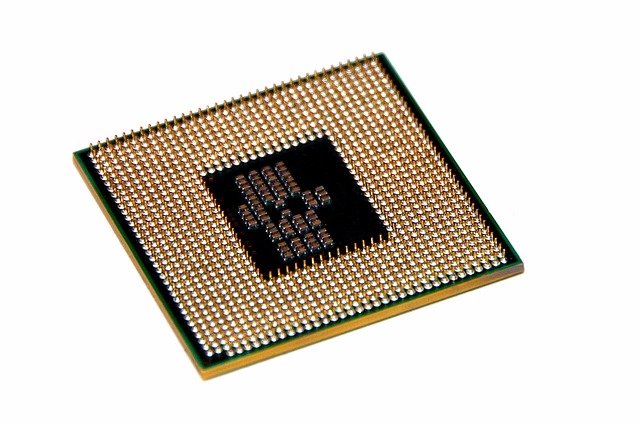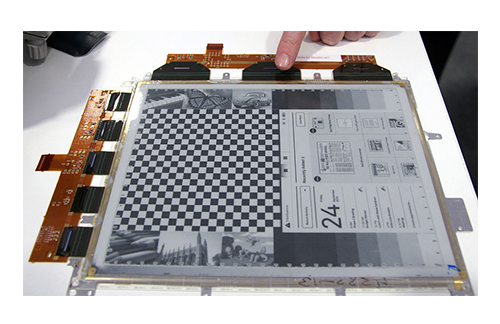
Human energy consumption is significantly too high. The burden on our environment as a result of our ever increasing demand for energy is getting higher and significant signs of global warming are already visible. In the interest of the following generations it is important that we use our resources more sparingly. Politicians have come to see this as well and released normative guidelines.
VDI4707
The guideline VDI4707 describes a certificate for the energy efficiency in lifts. Here the energy efficiency of lifts is graded from A to G, similar to the system users know from refrigerators. For the determination many factors, such as different conditions of use, transport heights and nominal loads, were considered. This makes the VDI4707 an ideal indicator for the energy demand of a lift.
CANopen-Lift Energy Management
With lifts it is important to distinguish basic demand, standby-demand, and demand for a drive. Basic demand involves all devices that have to be permanently in operation, for example, emergency call devices. Standby-demand occurs when the lift is waiting for a user. In the VDI4707 the standby demand is determined 5 minutes after the last run. The demand for a drive describes the demand while the lift is active and opening the doors or closing them, or when a drive through the shaft is occurring.
The highest energy demand (app. 60%) of modern lifts occurs in times of rest, when the lift is not used. In the standard CANopen-Lift a highly complex energy management system has been integrated to regulate the energy demand of components in times of rest. This way the standby demand can be reduced by up to 80%.
learn more: Energy Management CANopen-Lift >>
Sensors
To reduce the standby demand of a lift the components have to be switched to an energy savings mode or switched off completely during rest. In order to do so it has to be made sure that no passengers are in the cabin when the lighting is to be switched off.
By evaluating a high number of sensor data, which are available via the CAN bus of the lift, it can be determined whether there are passengers in the cabin with the help of complex algorithms. If the cabin is empty the cabin light, displays, voice prompt and others can be deactivated. All encompassing sensors therefore offer the possibility to reduce energy demand without restricting use of the lift.
Dynamic Computing Power
The energy demand of a microprocessor largely depends on the clock frequency and the utilization of the processors. Modern processors offer many energy saving modes that can be activated, to reduce energy demand and heat generation. In multi-core processors whole kernels can be set into sleeping mode, if there are only few computations at the time.
In the flexyPage displays modern quadcore processors are used and the software uses extensive energy saving options to dynamically reduce the energy demand up to the complete deactivation of unused kernel.
These procedures are also used in current PCs and notebooks. The manufacturers distribute the integrated procedures under various brand names. Whether PowerNow!, Cool'n'Quiet or the SpeedStep technology of Intel - all these procedures use similar functions to reduce energy demand in times of reduced computing power.
Processor Architecture

Regarding the energy efficiency of processors several factors play an important role. Among them the so-called Thermal Design Power (TDP), the production process, clock speed and integrated energy saving modes. The TDP indicates how much power is consumed by the processor during maximum workload. The value of the TDP should therefore be as low as possible. Clock speed is an indication of performance that has a significant effect on the energy use of the processor. Here a compromise between performance and energy demand has to be found. The production process should be as little as possible, because in smaller structures there is less energy lost in the form of heat.
x86 Architecture
The x86 architecture is a microprocessor architecture and the instruction sets involved, as they are being developed by Intel and AMD. Processors with a x86-architecture are used in almost every PC or notebook.
Monitors with an integrated PC functionality are called Panel PCs. They usually use industry computers, which are often equipped with a touchscreen and specialized for a certain application. Panel PCs are usually fitted for 24-hour-use and possess high electromagnetic compatibility. So far Panel PCs have usually been equipped with x86 processors and standard operating systems, such as Windows CE, have been used.
ARM Architecture
ARM means Advanced RISC Machines. The ARM-architecture has been developed by the British company Acorn in 1983. Although its name is not well known outside of IT circles this type of microprocessor is among the most used processors worldwide.
In relation to computing power processors of the ARM architecture are very energy sparing and have low cooling requirements. As a result these processors are used in almost every smartphone and tablet PC. The newest generation of ARM processors achieves the computing power of x86 processors and there are already first servers with ARM architecture.
In the flexyPage displays powerful quadcore processors with ARM architecture are used. Therefore flexyPage displays are ideally suited for industrial use. As a result of the low waste heat active cooling is not necessary, which results in very small sizes.
Background Lighting: CFL and LED

Modern LED use significantly less energy than older CFL tubes. For the background lighting in modern displays the use of LED backlights is now common. They offer, besides high energy efficiency, a significantly higher longevity. In combination with automatic brightness control and automatic deactivation of background lighting during rest this results in maximum energy efficiency.
ePaper
 The so-called ePaper is a special form of display. It imitates the properties of natural paper. Displays of this kind do not emit light themselves but reflect the incoming light. To portray distinct colors (currently only white, black and red) small pellets that represent one pixel are appropriately aligned. In order to do so a voltage has to be applied briefly. After that the pellets remain in their state, even if the display is completely switched off. Besides the energy savings as a result of non-existing background lighting there is no energy demand for the maintenance of the written word, but only for the rearrangement of the picture. The ePaper is currently too slow to portray dynamic processes.
The so-called ePaper is a special form of display. It imitates the properties of natural paper. Displays of this kind do not emit light themselves but reflect the incoming light. To portray distinct colors (currently only white, black and red) small pellets that represent one pixel are appropriately aligned. In order to do so a voltage has to be applied briefly. After that the pellets remain in their state, even if the display is completely switched off. Besides the energy savings as a result of non-existing background lighting there is no energy demand for the maintenance of the written word, but only for the rearrangement of the picture. The ePaper is currently too slow to portray dynamic processes.
